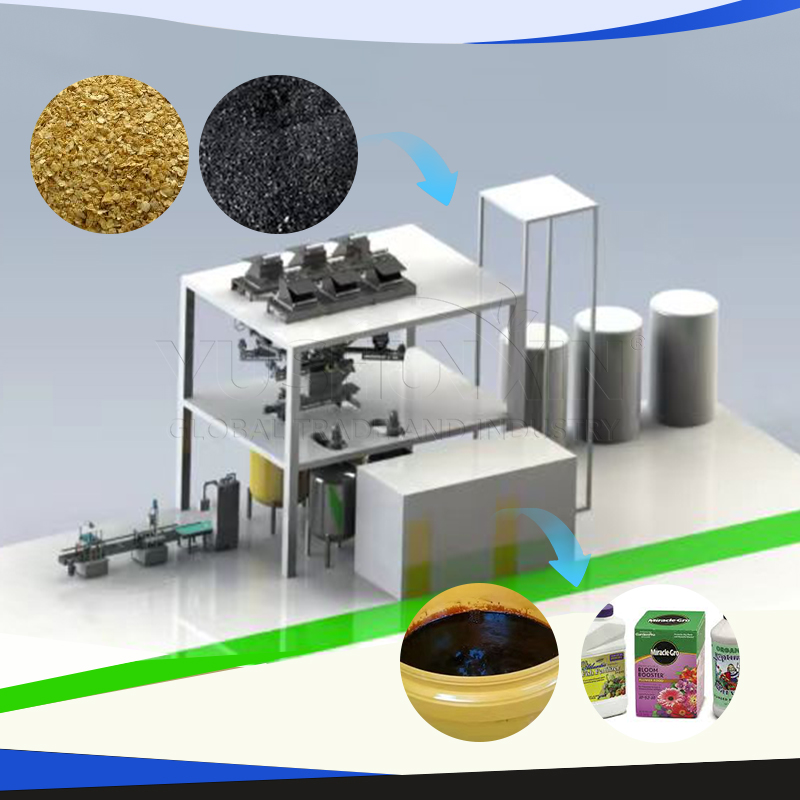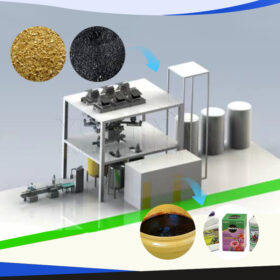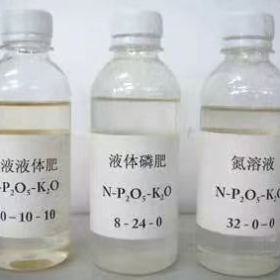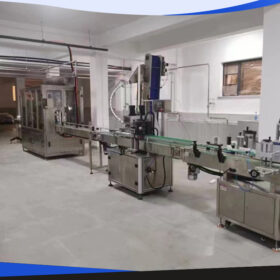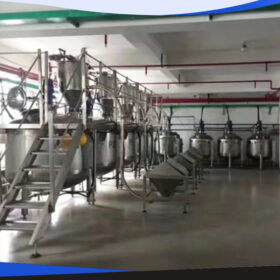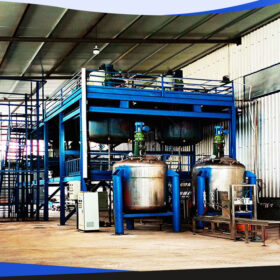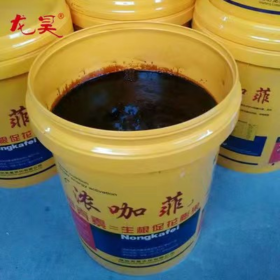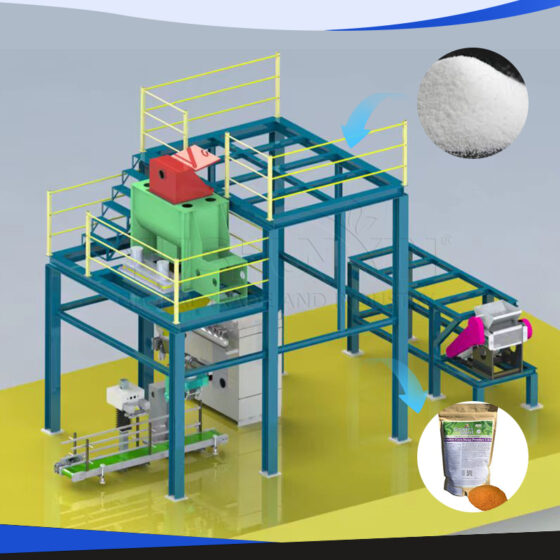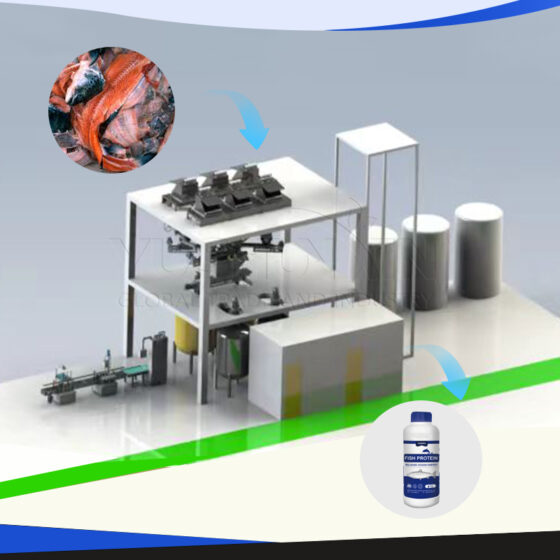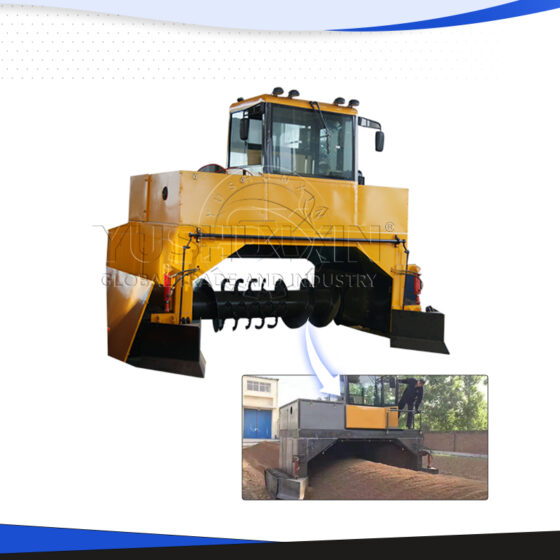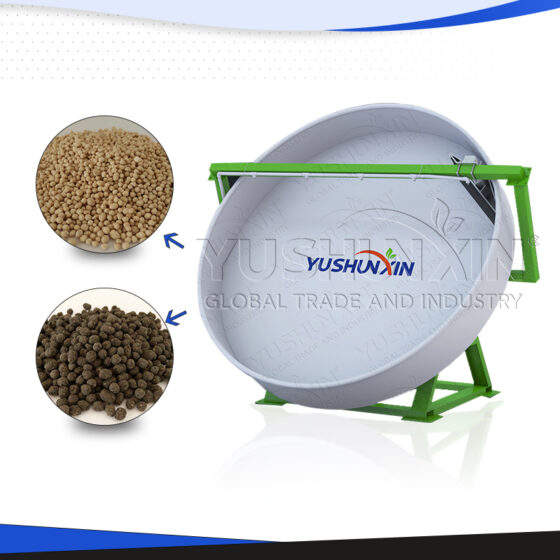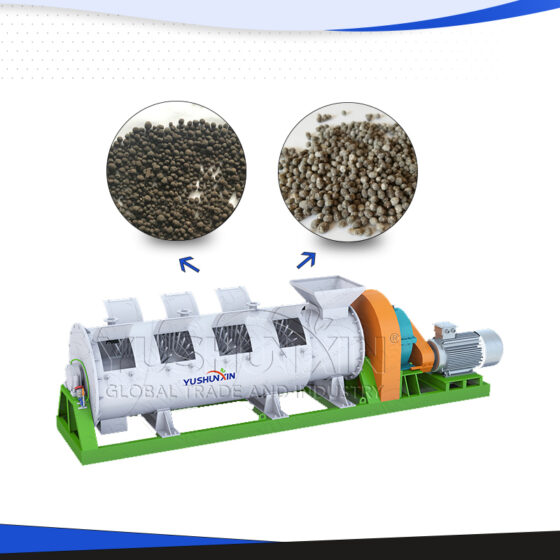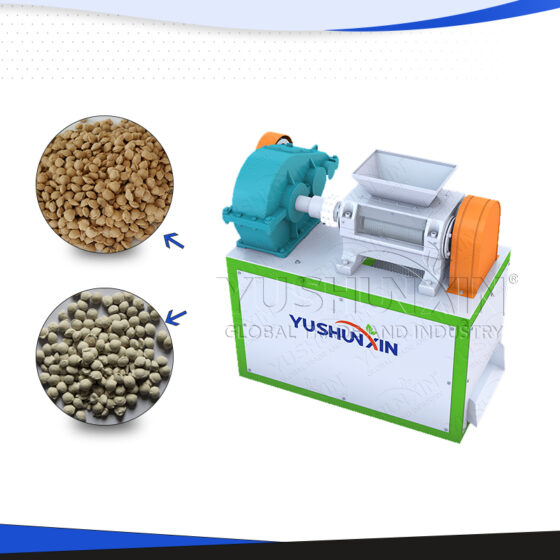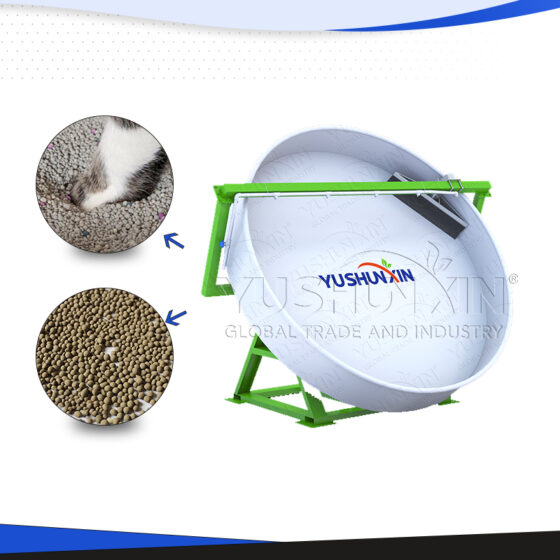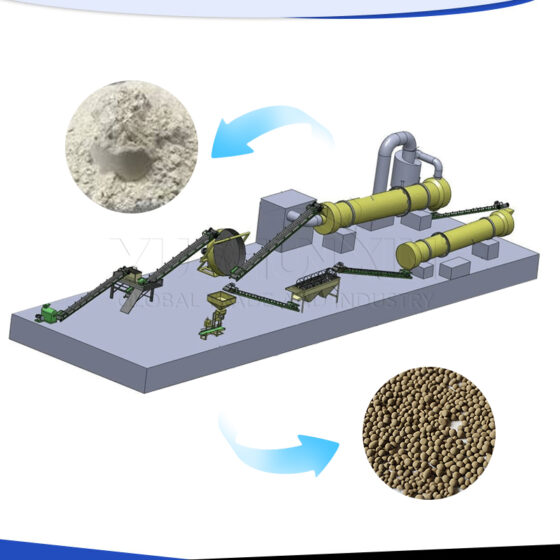Liquid water-soluble fertilizer production line is a set of industrial equipment used to produce water-soluble fertilizer in liquid form. Its main function is to process various solid and liquid raw materials through a series of processes such as processing, mixture, filtration and reaction to manufacture high-quality liquid water-soluble fertilizers. Mainly consists of mixing equipment, Filtration Equipment, reactor, Heating and cooling equipment, and filling equipment. It is suitable for agriculture, Gardening, flower planting and other industries.
Production Process
1.Preparation of Raw Materials
Main Nutrient Elements: As sources of nitrogen (urea, Ammonium nitrate, etc.), Phosphorus Sources (phosphoric acid, monopotassium phosphate, etc.), Sources of potassium (Potassium chloride, potassium sulfate, etc.).
Trace elements: As zinc sulfate, Copper Sulfate, ferrous sulphate, Boric Acid, Ammonium molybdate, etc.
Organic Nutrients: Amino acids, fulvic acid, alginic acid, etc.
Chelating Agents: Like EDTA, DTPA, used to stabilize trace elements.
Stabilizers and Preservatives: Used to extend product life.
Solvent: Usually water.
2.Dissolution
Dissolution Process: Dissolving Various Solid Raw Materials (Like urea, potassium sulfate, etc.) in water, ensuring a complete dissolution. Stirring equipment can be used to speed up the dissolving process.
Order of Dissolution: Dissolve macronutrients first, then gradually add the trace elements and other additives to avoid precipitation reactions.
3.Mixture
Mixing Equipment: Use a stirrer or mixing tank to mix all ingredients thoroughly.
Uniform Mixing: Ensure that all raw materials are evenly distributed throughout the solution. Homogenization can be performed to ensure consistency.
4.Chelation and Stabilization
Chelation Reaction: Add chelating agents to react with trace elements and form stable chelates.
Adding Stabilizers: Add stabilizers and preservatives as needed to prevent precipitation or degradation during storage.
5.Filtration
Filtration Equipment: Use a filter or filtration machine to remove insoluble impurities from the solution, ensuring that the liquid is clear.
Filtration Accuracy: Choosing the right filtration accuracy based on product requirements, generally using fine filtration or ultrafiltration equipment.
6.Mixing & Testing
Concentration Adjustment: Adjust the solution concentration according to the product formula and concentration requirements.
Quality Testing: Perform a series of quality tests, including nutrient content, pH value, density, Heavy Metal Content and Microbial Indicators, to ensure that the product meets relevant standards.
7.Packaging
Packaging Materials: Choosing the right packaging materials, such as plastic bottles, plastic barrels or IBC tanks.
Filling and Sealing: Fill and seal qualified liquid water-soluble fertilizer, ensuring good sealing capacity of the container to prevent leakage and contamination.
8.Storage
Storage Conditions: Store packaged products in a cool, dry warehouse, avoiding direct sunlight and high temperatures.
